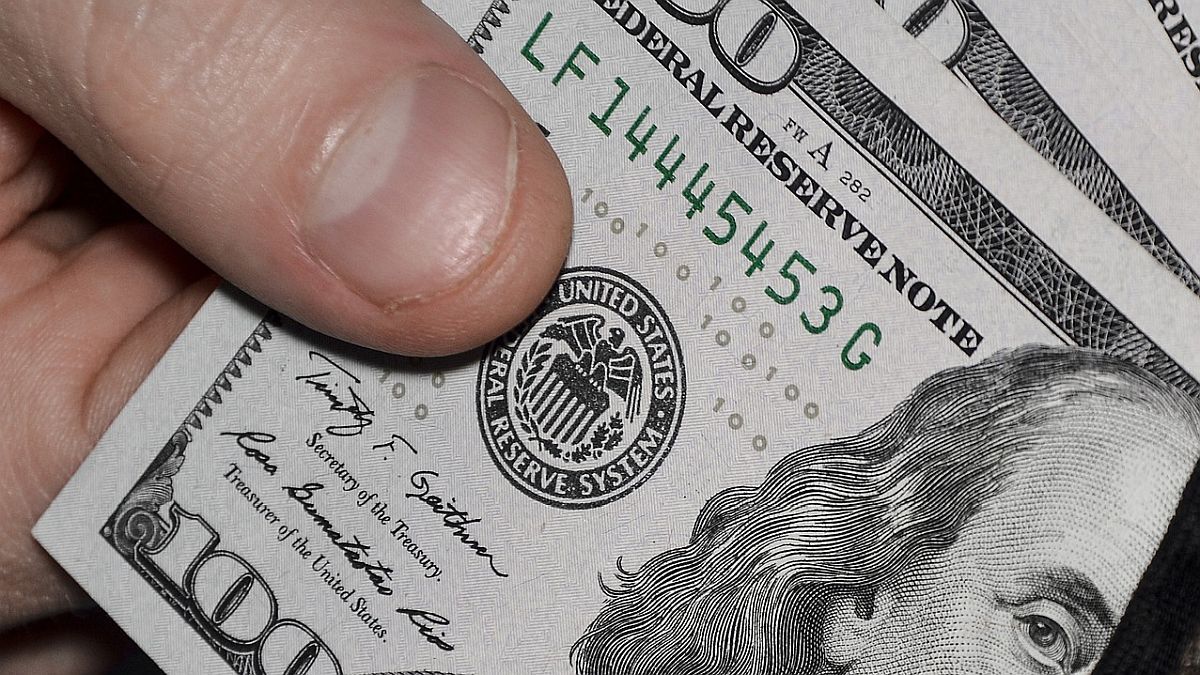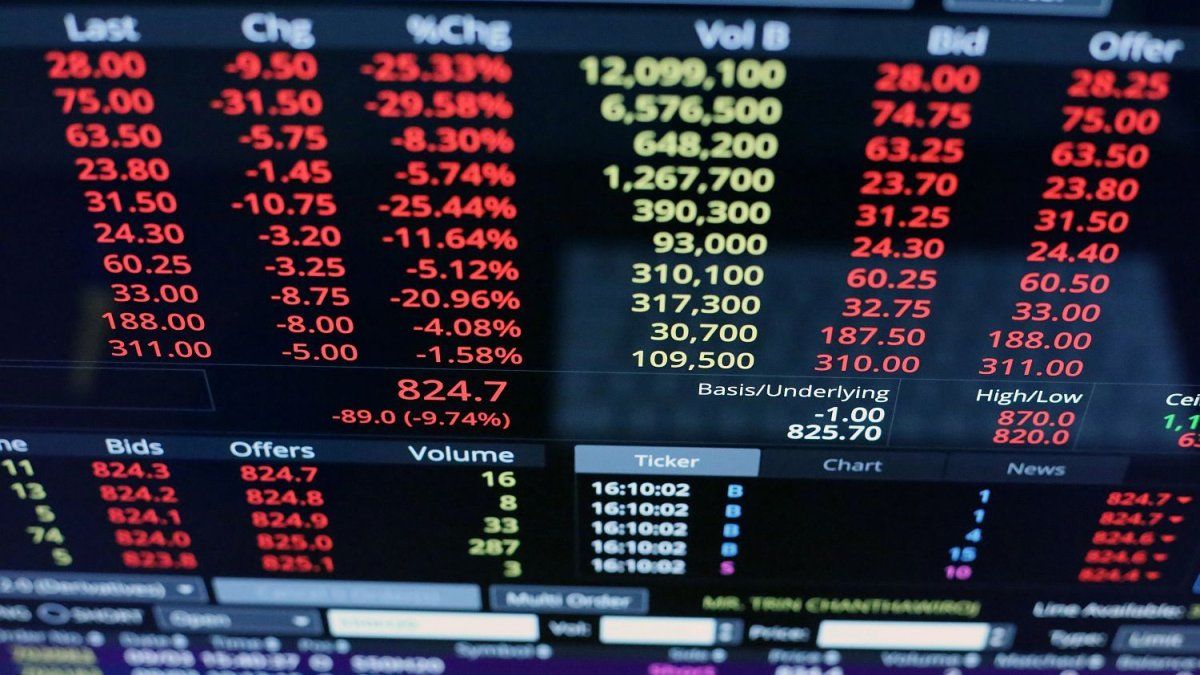“Risk aversion is taking hold,” said Edward Moya, senior market analyst at Oanda brokerage. “We are not going to get any answers on the global energy crisis or inflationary pressures in the short term and those risks are likely to keep many investors focused on security in the short term.”
The dollar index was up 0.17% to 94.328 units, not far from the one-year high of 94.504 units hit this month.
The Japanese currency, particularly sensitive to interest rate differentials, hit 113 yen per dollar for the first time since December 2018.
With Japanese government bond rates firmly anchored and the Bank of Japan keeping policy frozen, expectations of a Fed phasing announcement should soon push US Treasury yields higher, favoring ranges. higher between the dollar and the yen, said Roberto Cobo García of BBVA.
The main risk for the dollar / yen parity this week comes from data in the United States, mainly from the figures on the consumer price index and retail sales.
The Australian dollar hit its highest level since September 14, then rose 0.57% to $ 0.73505, helped by high commodity prices and a partial reopening of Sydney, Australia’s largest city.
Inflation concerns are not limited to the United States, as supply-side disruptions and rising commodity prices affect many countries.
The British pound advanced early in the session in London on rising expectations that the Bank of England could raise interest rates to curb inflation. But then the advance gave way to fall 0.08% to $ 1.3607.
David William is a talented author who has made a name for himself in the world of writing. He is a professional author who writes on a wide range of topics, from general interest to opinion news. David is currently working as a writer at 24 hours worlds where he brings his unique perspective and in-depth research to his articles, making them both informative and engaging.




